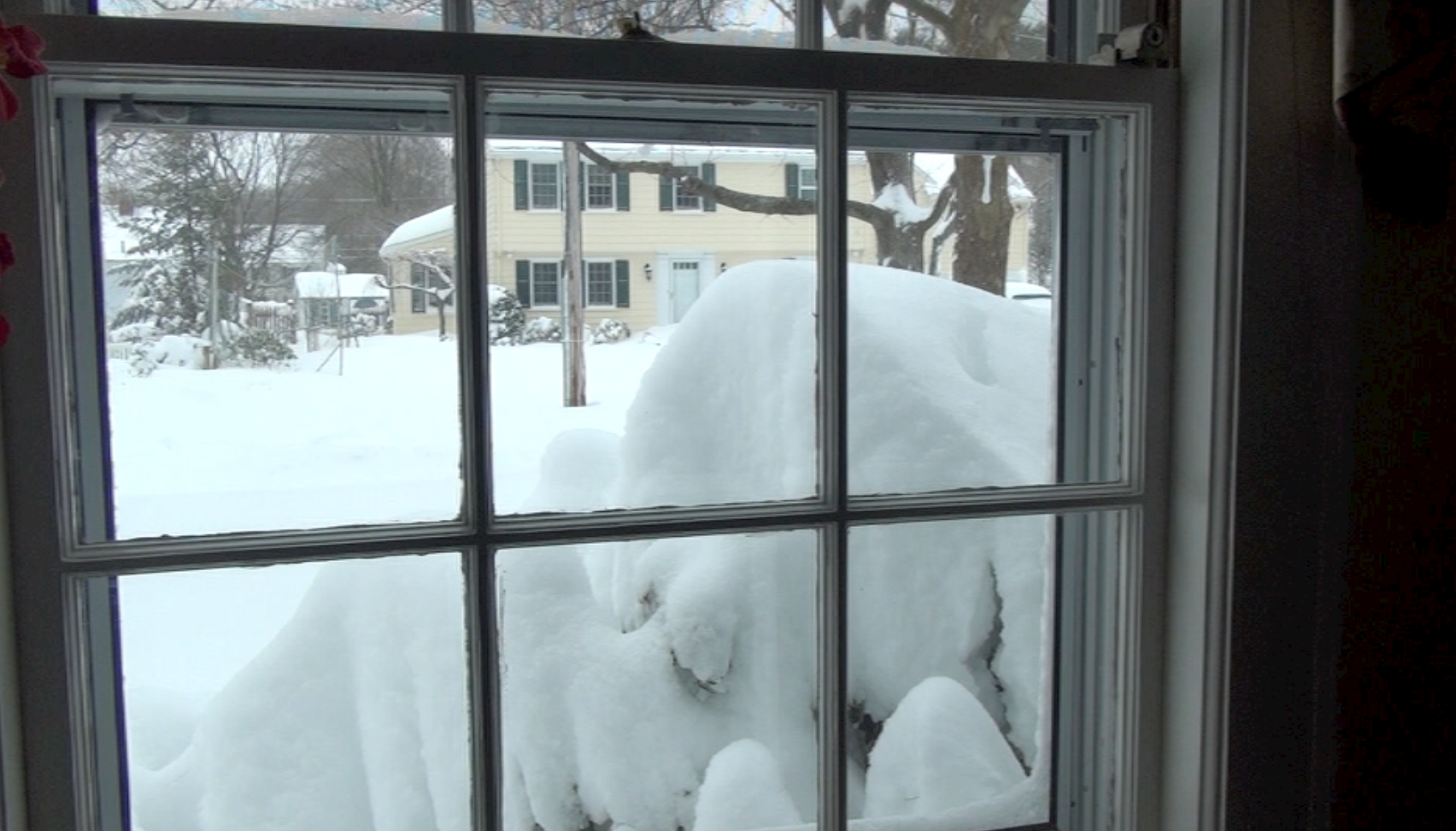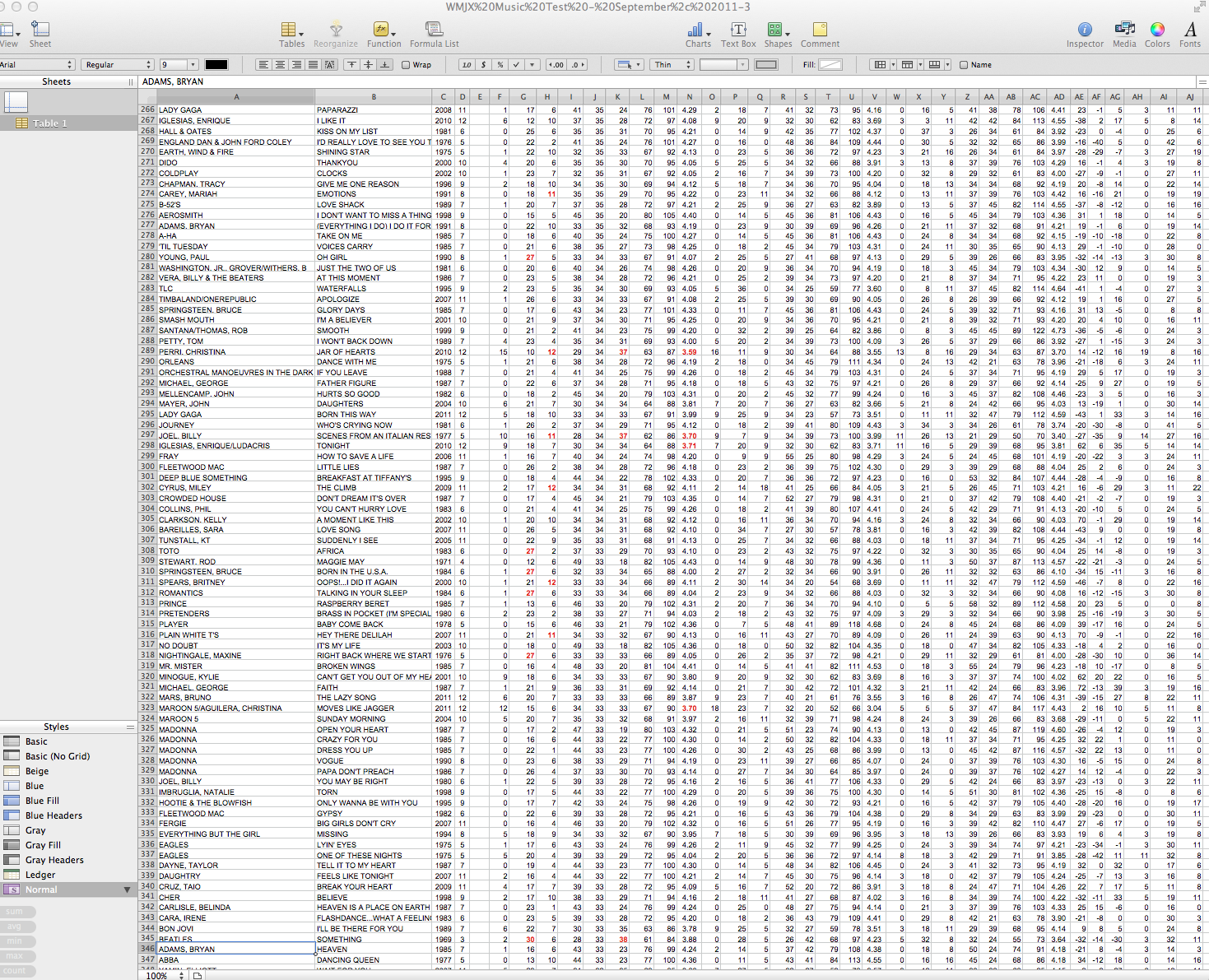First, let me note…
The correct term is Daylight Saving, not savings. Daylight is singular, so saving should also be singular. I’ve always been annoyed by commercials that say, “That’s a 20% savings!” A is singular. Same thing: saving should also be singular. “That’s a 20% saving” would be the correct way to say it. I realize that “a savings” is used in commercials all the time, but it’s wrong 100% of the time.
Back to Daylight Saving.
It’s one of my favorite days of the year…right up there with the 4th of July and Christmas.
Why? We lose an hour of sleep.
Sure, but it’s on a Sunday morning, and these days most of the clocks advance themselves. iPhone, iPad, cable, etc. Okay, you still have to do the oven, the microwave, the cars, and any old mantel clocks you might have. But in the 90’s it was way worse. One year back then I counted 27 clocks I had to re-set…that included both our house and my mother’s.
So what’s so great about it?
It signals the end of the long, dreary winter. Even with March snowstorms, you know that daffodils will be popping up within days. Spring officially begins in just over a week (before they moved Daylight Saving it would have actually been spring), the feel and smell of melting snow is one of the top 5 sensory experiences. Even with March snowstorms, you know that daffodils will be popping up within days. You start thinking about pouring some aluminum sulphate around the hydrangeas so they’ll be a spectacular blue in July. Opening Day, when Hope Springs Eternal and the world is new again, is only three weeks away. You can head home from work without turning on the headlights. Maybe even sport your Wayfarer sunglasses.
Appropriate songs on the radio.
There aren’t any. When we “Fall Back” there are several: “Turn Back the Hands of Time” by Tyrone Davis, “Time After Time” by Cyndi Lauper, “If I could Turn Back Time” by Cher and several more. No one has done a Spring Ahead song that was a hit.
But you have to admit it’s a great feeling when we Spring Ahead.










